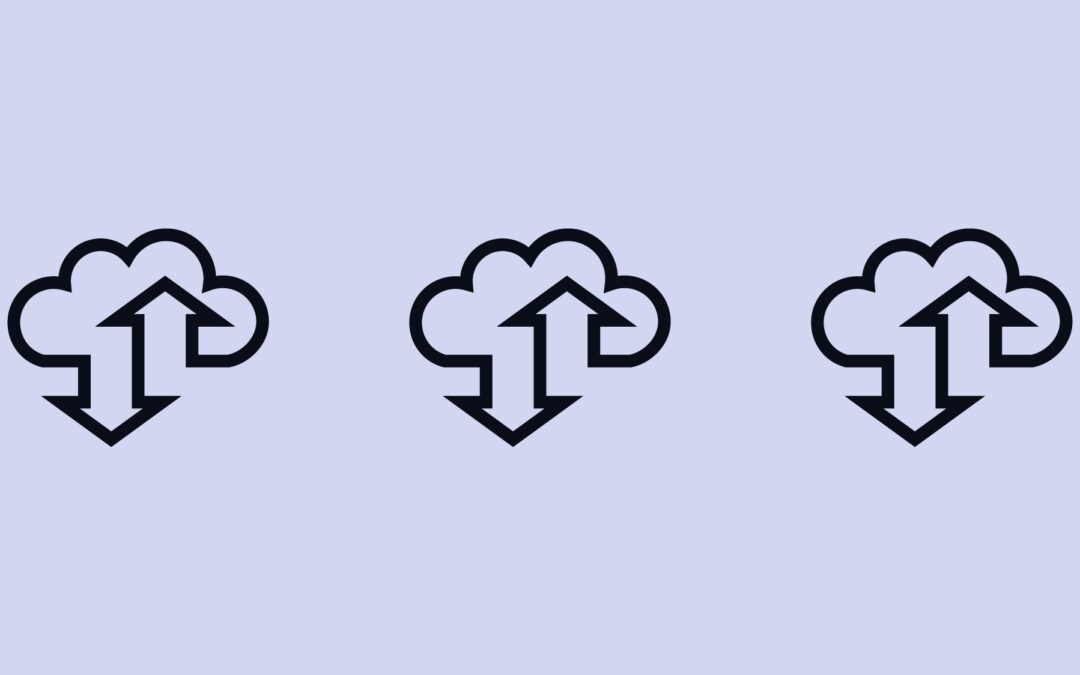
Hardware Considerations when Architecting a Face Recognition System
As the capabilities of automated face recognition algorithms continue to skyrocket, so does the number of face recognition (FR) applications being deployed. Whether it is using FR to unlock a phone, create an investigative lead to help identify a violent criminal,...

Rank One Continues Strong Performance in Most Recent DHS Biometric Technology Rally
In the Fall of 2020 the U.S. Department of Homeland Security (DHS) Science and Technology Directorate (S&T) hosted another Biometric Technology Rally to assess the capabilities of biometric algorithms for automated passenger identification in real-time screening...

Rank One stands alone with top-tier performance in NIST FRVT Ongoing benchmark
Rank One was the only vendor to receive top marks in both accuracy and efficiency in the recent NIST FRVT Ongoing face recognition benchmark. Rank One also exhibited minimal racial biases.

Introducing the ROC Web API
The ROC Web API enables developers to host an API server on their own hardware, and allows numerous client devices to easily connect and send facial images for processing server-side from an array of languages (C++, C#, Java, JavaScript, Objective-C, PHP, Python, and Ruby).
ROC SDK v1.22 delivers massive accuracy and efficiency improvements
The ROC SDK v1.22 delivers the largest set of technological improvements ever delivered in a ROC SDK version, including massive improvements in face recognition accuracy and speed, and newly added periocular and tattoo recognition algorithms.

Rank One’s next-generation periocular recognition algorithm
The ROC SDK now comes equipped with a cutting edge periocular recognition algorithm, capable of detecting and identifying persons using only the eye and eyebrow regions of the face. The ROC Periocular algorithm is a direct response to the COVID-19 crisis, and the increased presence of facial masks.

ROC SDK v1.20 delivers top-tier accuracy and unparalleled efficiency in latest NIST 1:N report
The latest NIST FRVT 1:N report demonstrates the unique combination of accuracy and efficiency delivered by the ROC SDK as compared to industry peers.

Understanding the Importance of Peak Memory Usage
When building mobile or embedded face recognition applications, there is a small amount of computer memory available. Thus, only face recognition algorithms that require a limited amount of RAM can be used in mobile and embedded applications. This article discusses these concepts and highlights how many vendors develop algorithms that are not usable in mobile and embedded applications.
Overview of ROC SDK Version 1.20
The ROC SDK version 1.20 delivers major accuracy improvements, alongside a wide range of other algorithmic and functionality enhancement.

Facial Recognition Code of Ethics
Rank One Computing believes in a just, non-violent world of equality and fairness. We prize democratic values, civil liberties and open and informed debate. When used to further these values, automated face recognition can continue to make the world a safer, better place for everyone. In the absence of regulatory guidance, we wish to advance limitations that we believe are appropriate in how face recognition should be utilized.
The following set of ethics serve as a guideline for how we will develop face recognition systems and how we will expect our integration partners and end-users to develop and utilize face recognition systems based on our algorithms